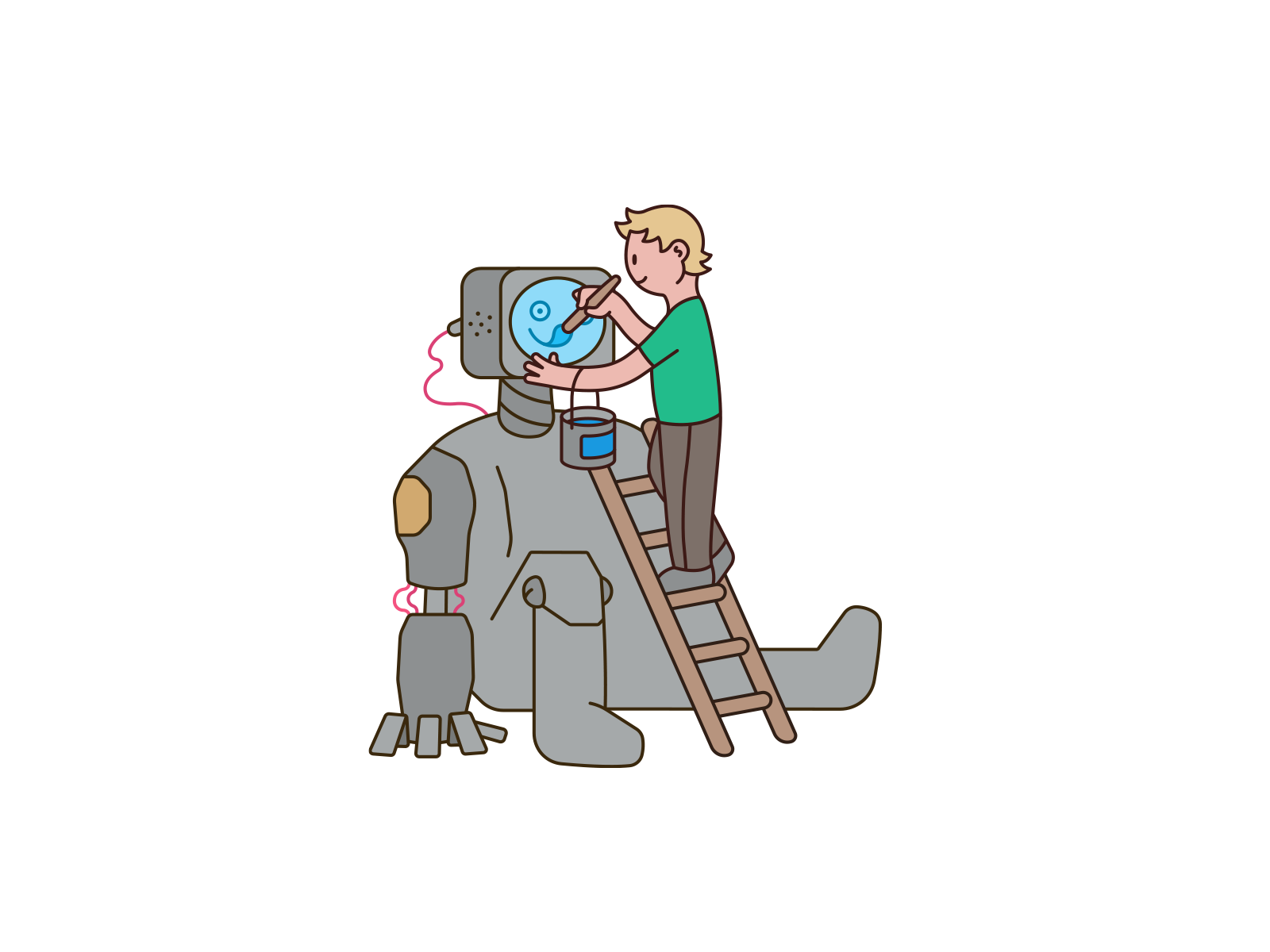This website is most interesting to me when designers share work that’s still in progress and explain their process. I want to understand a designer’s motivations, experiences, inspirations, and anything else that gives context to their work. OGs may recall the headline from the early days: “What are you working on? Dribbble is show and tell for designers.”

I want to operate the same way by bringing more transparency to the decisions we make that affect our users as well as the results of those decisions (positive or negative).
I’m going to start by sharing what we observed in the 1.5 weeks since we made it free for any user to send a message to any other user and to search our database of designers available for work.
For context, messaging and Designer Search were paywalled features for hirers (not unlike LinkedIn Recruiter) and, frankly, they generated meaningful revenue for Dribbble. We operate the business profitably so it’s never an easy decision to deliberately turn away paying customers.
However, we just couldn’t reconcile paywalling these features with our company mission to help professional designers earn a living doing work they take pride in. We need to maximize the number of users searching, interacting, and transacting - anything that throttles that activity has gotta go (even if we’re leaving money on the table in the near term).
So, what are we seeing so far? Mostly very positive results.
The number of users searching for designers available for work increased markedly over the weekly average this year:
- The number of users who searched for a designer increased by 31% 🔥
- The number of searches placed increased by 34% 🔥
- The number of users who interacted with search results increased by 71% 🔥
The number of users communicating with each other also increased over the weekly average this year:
- The number of users who sent a message increased by 14% 🔥
- The number of messages sent (i.e. passed moderation) increased by 25% 🔥
- The number of users who received a message increased by 161% 🔥
These metrics are all important leading indicators of transactions between our users. Since we don’t actually facilitate payments (yet), we can only infer the extent of transaction activity from user engagement metrics like these.
The early results weren’t all rosy, though.

This is an example - and, unfortunately, not the only one - of a spammy message received by one of our users. To state the obvious, we want to generate high-intent leads for our designers - messages like this one just diminish the user experience.
Around 3% of the messages that were delivered (i.e. passed our moderation) were subsequently marked as spam or deleted by the recipient. That’s only a very slight increase over the weekly average but there may be a lag with this particular metric.
I admit, we anticipated an increase in low-relevance messages once we removed the paywall and we did it anyway. We preferred for people to start interacting freely and we’d then address any gaps in our moderation that were subsequently revealed. In fact, we’ve already made improvements to our moderation processes to minimize these types of messages (but it’s going to be a game of whack-a-mole).
Thankfully, lots of positive reactions from the community as well!

There’s a lot of excitement at Dribbble HQ because we have a lot more lined up over the next few months that will radically improve the user experience. In the meantime, keep the feedback coming - it makes a difference!

Find more Updates stories on our blog Courtside. Have a suggestion? Contact stories@dribbble.com.








